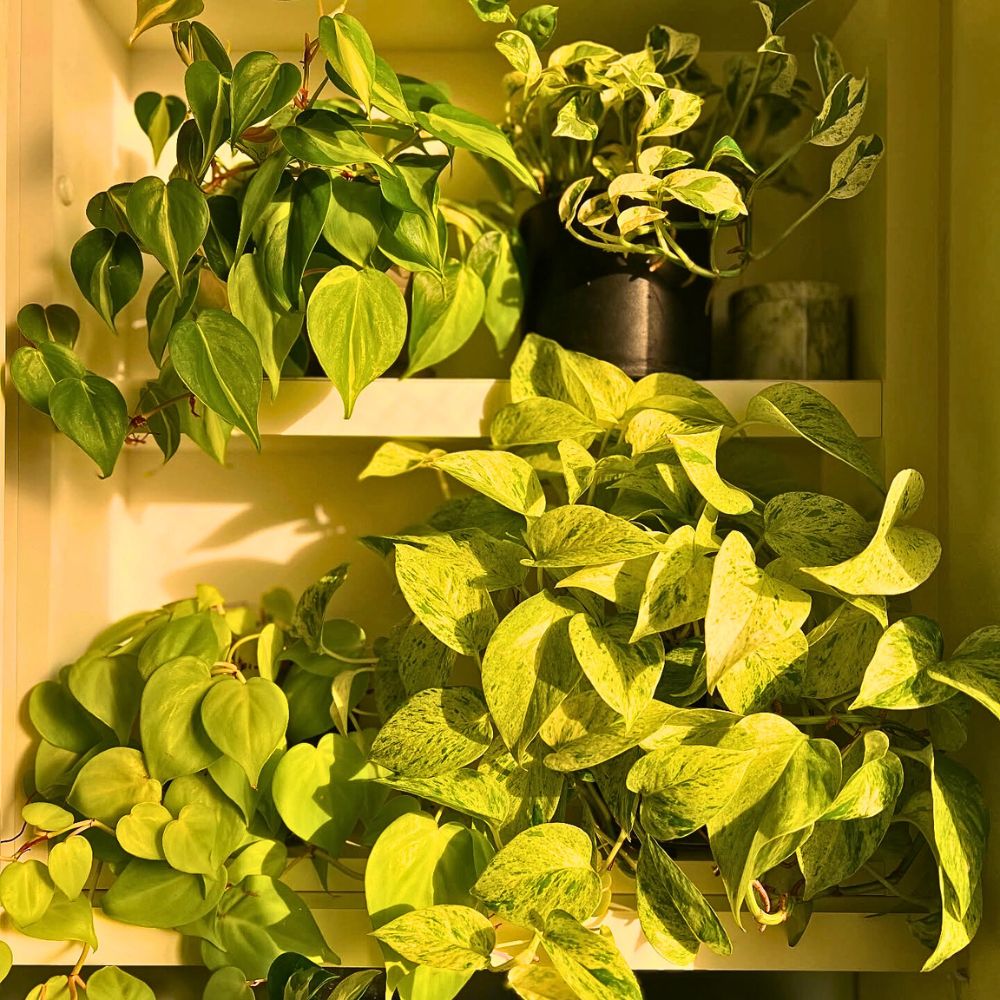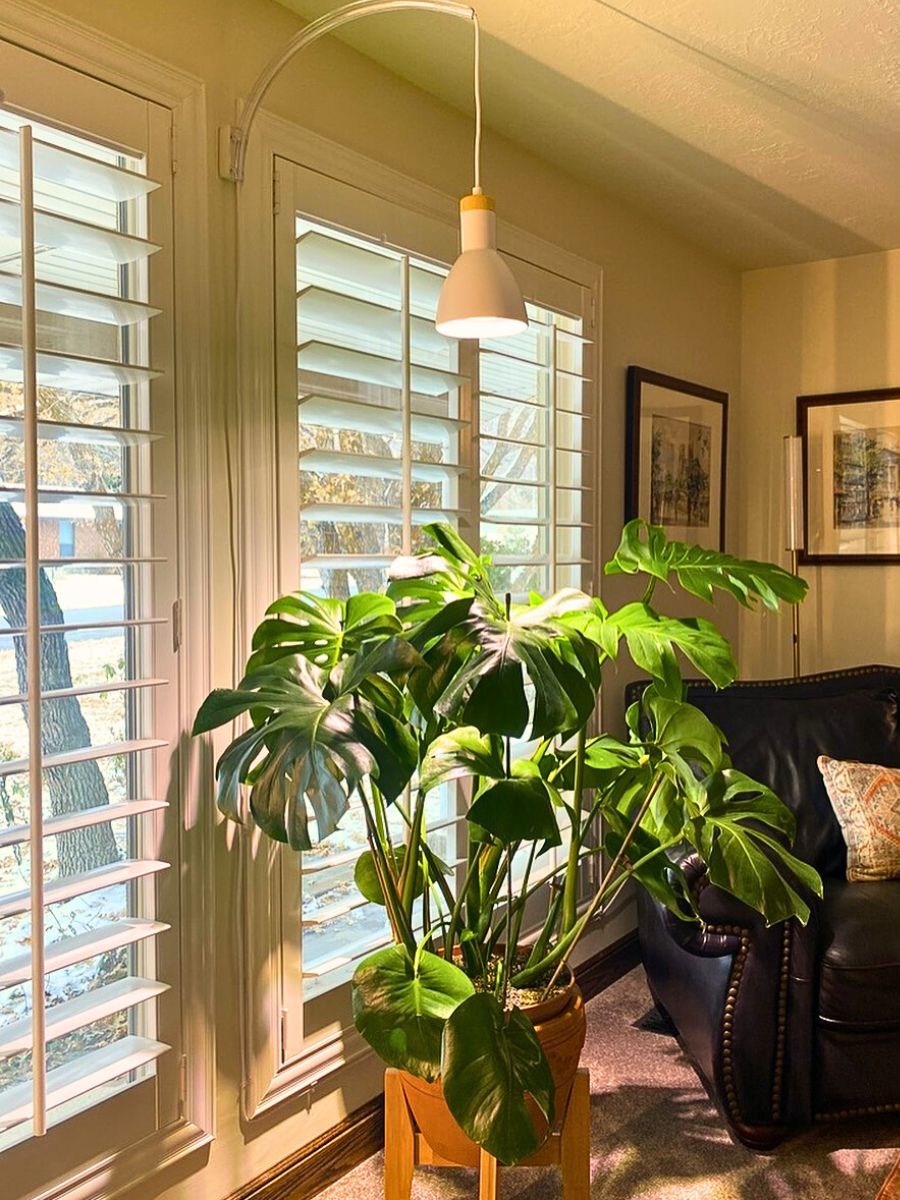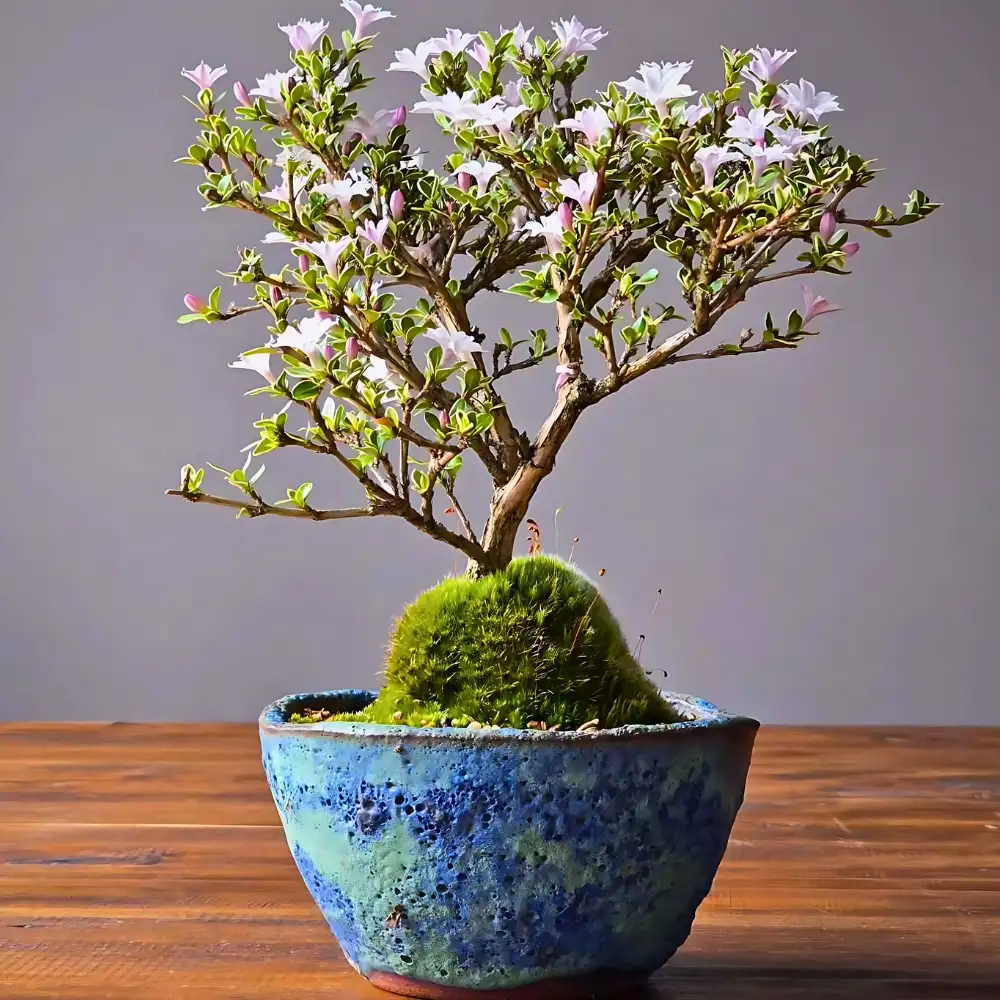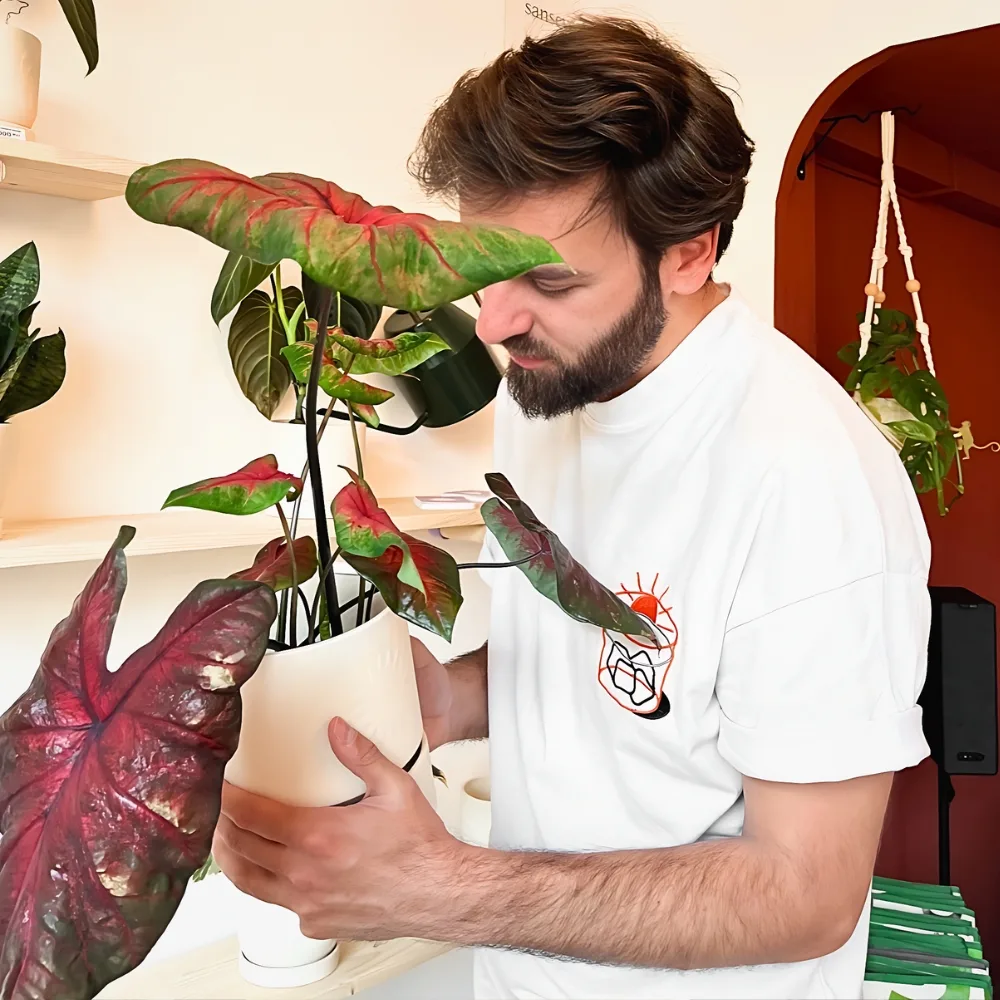Does your home feel gloomy lately? If so, maybe something is missing. Perhaps houseplants grown in pots placed on the patio or balcony. Or, indoor plants, in the lounge, bathroom, or the bedrooms. Essentially, you might want to consider adding some indoor plants to the home, because they are among the most popular indoor decorations, for many reasons.
Houseplants and indoor plants are beautiful, attract positive vibes, and provide a natural look that makes the home feel homier. However, if you want to guarantee that your houseplants are thriving and full of life, it is important to focus on one of the most important factors for growing plants: lighting.
Lighting for Indoor Plants
Light is essential for the growth and development of your plants. If you want them to grow beautifully and healthily, you need to make sure that their light requirements are met. Otherwise, they’ll be an easy target for pests, insects, and other diseases.

But how would you know where your plants can receive an optimum amount of light or whether they need special lighting? This post may help. Below is a simple guide discussing everything indoor plant lighting. Read on to learn more.
What Should You Choose: Indirect or Direct Sunlight
The first thing you need to know is to find out what type of light is best for your plants. Should you choose indirect over direct sunlight or vice versa? But first, what’s the difference between these two types of sunlight exposure?

Indirect Sunlight
Indirect sunlight occurs when there’s an object that limits the amount of sunlight penetrating through your windows, such as window blinds. These objects diffuse and filter the sunlight before it reaches your plants. Other objects that may reduce sunlight exposure include furniture, trees, or other indoor plants that thrive in direct sunlight.
Direct Sunlight
Direct sunlight refers to the light that reaches the plant without any object to filter or diffuse it. It’s the easiest way to expose your houseplants to natural light. All you need to do is put your plants near a window to receive bright, unfiltered light. If you don’t have access to direct sunlight, create your own by using grow lights.

What Are the Three Levels of Light
There are three standard levels of light you can choose from: low, medium, and high. The right level of light would depend on the type of plant you wish to grow. Some may require intense light to grow and develop, others only need half of it, and the rest may need no light at all.
Low Light
Low light levels are ideal for plants that can thrive without being exposed to sunlight or artificial light. These houseplants prefer rooms with a few windows where shades are often closed. Such areas include reading rooms and bathrooms. Some examples of low-light indoor plants include peace lilies, ferns, snake plants, African violets, and Chinese evergreens.

Medium Light
Medium-light levels are ideal for houseplants that prefer indirect light or sunlight. You can place these plants in rooms covered with curtains, blinds, awnings, or trees. Additionally, you can place them at the back of your furniture or another houseplant that requires direct sunlight. Some examples of medium-light indoor plants include Monstera varieties, Alocasia, Calathea, Anthurium, and Pothos.
High Light
High light levels are ideal for houseplants that require direct sunlight or artificial light exposure to fully grow and develop. High-light plants include orchids, jade, fiddle leaf fig, sweet basil, geranium, and money tree. Nonetheless, be sure to check your plants, especially during the summer when temperatures are higher than usual and plant sunburns are common.

What Types of Artificial Lights Can You Use?
You can choose from the four most common artificial light sources for indoor plants: incandescent, fluorescent, and light-emitting diodes (LED).
Incandescent Light
Incandescent lights aren’t a good artificial light source for indoor plants. And, they emit intense heat, requiring the plants to stay away from them and further reducing the amount of light they need to receive. Lastly, they don’t convert electrical energy to light energy efficiently.

Fluorescent Light
Fluorescent lights are one of the best artificial light sources for indoor plants. They’re efficient in converting energy and much less expensive than incandescent lights. Plus, they don’t produce a lot of heat, allowing plants to receive as much light as needed.
LEDs
Light-emitting diodes are the most energy-efficient artificial light source today. Not just that, they’re also long-lived—they can last up to six years of non-stop use. Nevertheless, they’re more expensive compared to other types mentioned earlier.

Final Thoughts
Indoor plants can make your home great, lively, and relaxing. Yet be mindful of their light requirements. That’s because not all plants require the same amount of light to grow. Some may thrive in low light, while others grow in medium and high light. All you need to do is identify the plant you want to grow and the optimum amount of light they need.
Feature image by @simplifyyourspace, header image by cottonbro studio










